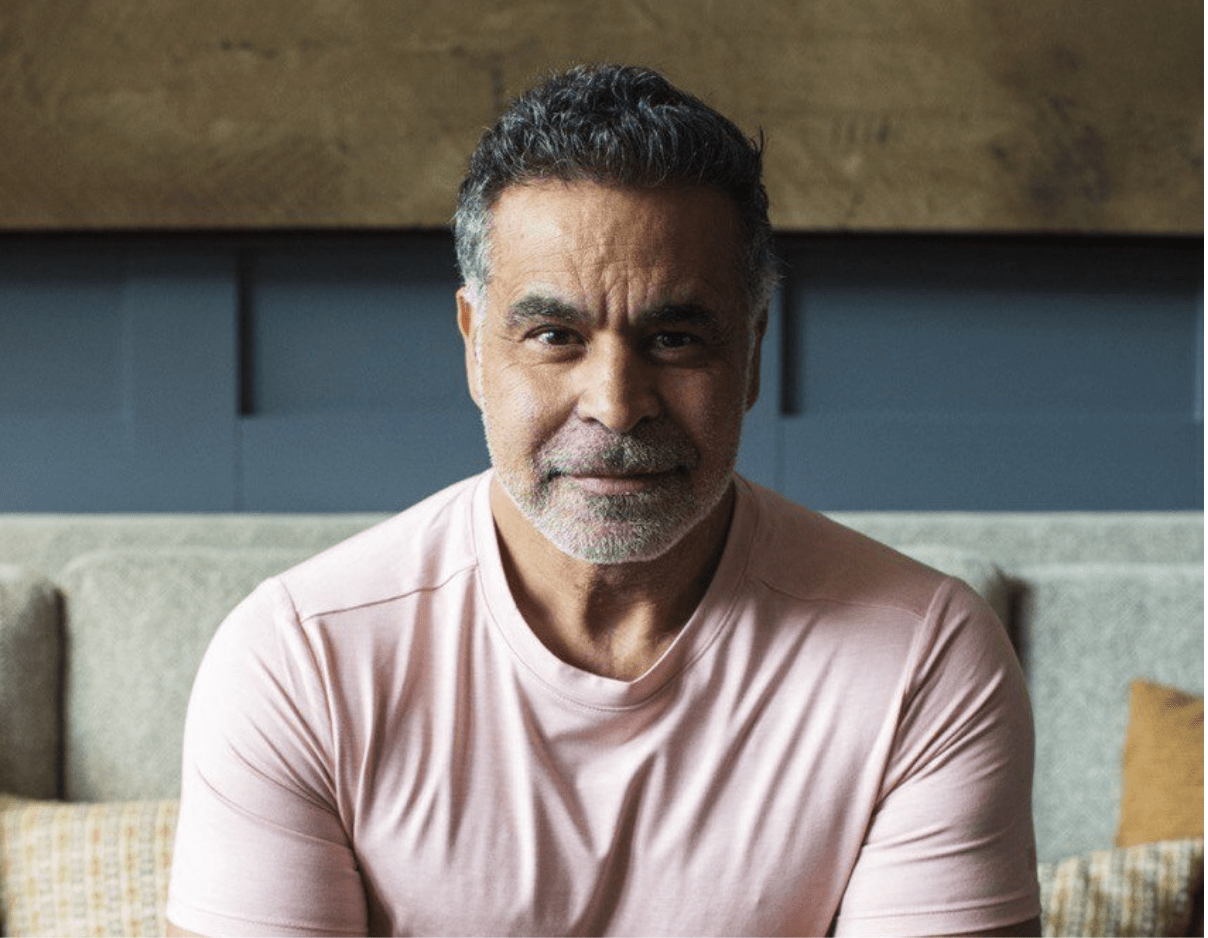Health
Frequency Medicine: Visionary Masati Unveils Deep Insights into the Future of Healing and Transformation

Masati, the visionary behind Xponential Intelligence Science (XI), underwent a profound transformation following multiple near-death experiences that unlocked a deeper understanding of the underlying physics governing our universe. Once a computer programmer, Masati’s journey took him beyond the quantum realm, where he accessed knowledge and insights far beyond conventional science.
“Being in my presence has catalyzed life-altering transformations in countless individuals,” Masati shares. “I have distilled this vast collective knowledge and abilities into what I call Xponential Intelligence (XI).” His work is a testament to the limitless potential that lies within each of us, waiting to be activated through the power of XI Science.
The Medicine of Frequencies: A Revolutionary Take on Healing
Masati’s work transcends conventional approaches, tapping into the foundational essence of frequency itself as a vehicle for profound transformation. XI Science postulates that the key to all healing lies in the frequencies that govern our existence, making “Change your frequency, change your life” not just a statement but a universal truth.
Operating within the realms of multidimensional consciousness, frequencies, and spacetime, Masati’s frequency medicine upgrades individuals at their core, aligning them with higher dimensions of intelligence. This process initiates rapid and exponential personal growth, elevating individuals beyond the limits of human potential and into a state of conscious mastery.
Masati’s methodology employs a two-tiered system. First, it addresses and clears distortions at the deepest frequency levels, dissolving human limitations and belief structures that bind us to outdated paradigms. Then, it activates the true, limitless human potential, transforming the impossible into the achievable. XI Meditations and frequency-infused programs serve as the conduits for this metamorphosis, enabling individuals to access powers once thought beyond reach.
While frequency medicine echoes Einstein’s foresight—”Future medicine will be the medicine of frequencies”—Masati expands this concept beyond anything previously conceived. His insights, derived from direct interaction with dimensional consciousness, reveal that frequency not only heals but also rewires the very fabric of human existence, offering a new paradigm for conscious evolution and a pathway to a future where the extraordinary becomes reality.
Scientific Support for Frequency Medicine
While frequency medicine is still emerging, there is growing scientific evidence supporting the potential of sound and vibration in healing.
A 2017 study published in the “Journal of Addiction Research & Therapy” found that the frequency of 528 Hz reduced cell death in damaged cells. Other research has suggested that sound healing at 528 Hz may help protect DNA from environmental toxins and decrease anxiety levels by increasing testosterone levels.
Furthermore, a clinical study published in the journal “Pain Research and Management” investigated the effect of low-frequency sound stimulation on patients with fibromyalgia.
The results suggested that low-frequency sound stimulation may be beneficial in treating fibromyalgia, significantly improving quality of life and reducing medication use.
Recent research has also explored the effects of specific sound frequencies on the human body and mind.
A study by Dr. Glen Rein, PhD, found that audible sound waves at 528 Hz, played from various music genres, created resonance in DNA with healing effects. The study showed that different genres had varying impacts on DNA, with Gregorian chants and Sanskrit mantras demonstrating the most significant positive effects. However, after extensively studying Masati’s work, Dr. Rein concluded that the frequencies generated by Masati have had the most profound impact on DNA thus far, surpassing even the healing effects observed with traditional sound therapies.
Though quite ancient and simultaneously very new, the field of frequency medicine has continued to change over time. More research is needed to fully understand this novel healing methodology’s mechanisms and potential applications.
However, the existing scientific evidence, combined with the powerful transformative experiences reported by those who have worked with Masati, suggests that frequency medicine holds immense promise for the future of healthcare and personal growth.
As Albert Einstein once said, “We see a universe marvelously arranged, obeying certain laws, but we understand the laws only dimly.” Masati’s work illumines these laws, guiding us toward a future where the medicine of frequencies can lead to immense healing and personal development.
Health
Addressing Common Myths About Vitamins and Supplements by Amanda Tirado

The wellness industry is filled with advice about vitamins and supplements, but not all of it is accurate. Many people rely on supplements for better health, but misunderstandings about how they work can lead to wasted money or even potential harm. Amanda Lorena Tirado, founder of Xmy, is passionate about educating people on making smarter supplement choices. Her company focuses on high-quality, effective products while also giving back to the community through charitable initiatives. Let’s break down some of the most common myths about vitamins and supplements so you can make informed decisions.
One of the biggest myths is that all supplements work the same way, regardless of how they are taken. Many don’t realize that traditional pills and capsules have to pass through the digestive system, where stomach acid and enzymes break them down. This can significantly reduce the amount of nutrients your body actually absorbs.
In contrast, oral strips and liquid supplements enter the bloodstream more quickly, making them more effective. For example, vitamin B12 is often poorly absorbed in pill form but is much more bioavailable in liquid or sublingual forms. Choosing the right delivery method is just as important as picking the right supplement.
Another misconception is that supplements can replace a healthy diet. Many people assume taking a daily multivitamin covers all their nutritional needs, but that’s not how the body works. Supplements are designed to support a good diet, not replace it. Whole foods provide more than just vitamins, they contain fiber, antioxidants, and other compounds that work together to benefit your health.
For example, an orange does not just offer vitamin C. It also provides fiber, flavonoids, and other nutrients that enhance absorption and support overall health. Research has shown that people who get their nutrients from food rather than supplements tend to have better long-term health outcomes. So while supplements can help fill gaps in your diet, they should not be your primary source of nutrients.
Many people also assume that if a supplement is labeled as “natural,” it must be better and safer. But that’s not necessarily true. The term “natural” is often used as a marketing tool rather than an indicator of quality or safety.
Some natural ingredients can be harmful, especially in high doses or when mixed with certain medications. On the flip side, some synthetic nutrients are actually more stable and easier for the body to absorb. The key is to choose well-researched, high-quality supplements from reputable brands rather than relying on misleading labels.
Another dangerous myth is that taking more vitamins means better health. Some believe that if a little is good, a lot must be even better, but that’s not always the case.
Certain vitamins, especially fat-soluble ones like A, D, E, and K, can build up in the body and become toxic if taken in excessive amounts. Too much vitamin A, for example, can lead to liver damage, while excessive vitamin D can cause kidney problems. Even water-soluble vitamins like B-complex and C can cause side effects in very high doses, such as nerve issues or stomach discomfort. Moderation is key when it comes to supplementation.
At Xmy, the focus is not just on convenience, it’s about real impact. The company is committed to producing supplements that prioritize effectiveness and bioavailability. But their mission goes beyond selling products.
Misinformation about supplements is everywhere, but being informed is the best way to make smarter health choices. The way a supplement is absorbed matters as much as what’s in it. A balanced diet is still the foundation of good health, and more vitamins don’t always mean better results.
Xmy is changing the way people think about supplements. Amanda and her team believe that good health is not just about what you take, it’s about making informed choices and supporting brands that genuinely care. Choosing the right supplements means choosing a brand that stands for something bigger. With Xmy, you are not just improving your health, you are supporting a company that is making a real difference.
-

 Tech5 years ago
Tech5 years agoEffuel Reviews (2021) – Effuel ECO OBD2 Saves Fuel, and Reduce Gas Cost? Effuel Customer Reviews
-

 Tech6 years ago
Tech6 years agoBosch Power Tools India Launches ‘Cordless Matlab Bosch’ Campaign to Demonstrate the Power of Cordless
-

 Lifestyle6 years ago
Lifestyle6 years agoCatholic Cases App brings Church’s Moral Teachings to Androids and iPhones
-

 Lifestyle5 years ago
Lifestyle5 years agoEast Side Hype x Billionaire Boys Club. Hottest New Streetwear Releases in Utah.
-

 Tech7 years ago
Tech7 years agoCloud Buyers & Investors to Profit in the Future
-

 Lifestyle5 years ago
Lifestyle5 years agoThe Midas of Cosmetic Dermatology: Dr. Simon Ourian
-

 Health7 years ago
Health7 years agoCBDistillery Review: Is it a scam?
-

 Entertainment6 years ago
Entertainment6 years agoAvengers Endgame now Available on 123Movies for Download & Streaming for Free
